Best Used Car, Services, Auto Parts, Rent Car Available for Buy and Sell Near By Go Ahead
- Emerging Trends in Farm Equipment for 2025
- 2025 Agricultural Forecast: Key Trends and Predictions for Crop Production in India
- Mini Tractors in India - Features, Prices, and the Best Options
- Key Stakeholders of the Used Tractor Market in India and Sources of Used Tractors
- Best Tractors in India 2025: Top 10 Picks for Every Farm Size
- महिंद्रा मिनी ट्रैक्टर - कीमत, मॉडल, और सुविधाएँ
- Top 10 Farm Equipment and Tools in India to Boost Agricultural Efficiency
- Exploring Top 10 Tractor Brands for Farming in India
- Evolution of Tractors in India: A Journey Through the Decades
- Understanding Tractor CC: Explaining the Concept and Significance
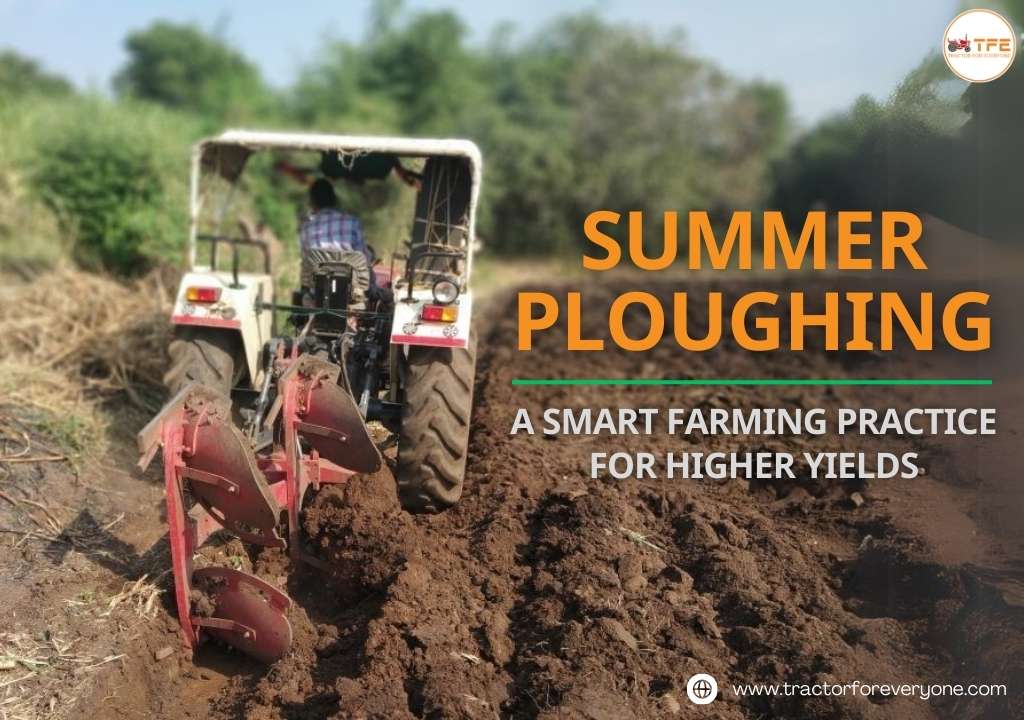
Summer Ploughing: A Smart Farming Practice for Higher Yields
Are you struggling with stubborn weeds, excessive water runoff, or declining soil health? Farming is a year-round commitment, and while many focus only on the primary growing season, there is a crucial yet often overlooked practice that can transform soil productivity—summer ploughing.
After the Rabi harvest, the fields might seem dormant, but this is the perfect time to invest in your soil. Summer ploughing, also known as off-season tillage, is not just about turning the soil; it is a strategic practice that enhances soil fertility, conserves moisture, and suppresses weeds and pests. Let’s explore why summer ploughing is an essential step toward sustainable and high-yield farming.
What is Summer Ploughing?
Summer ploughing involves deep tilling of the soil after harvesting winter (Rabi) crops and before the arrival of monsoon rains. This practice usually requires specialized equipment, such as deep ploughs, to break up compacted soil and prepare it for the next cropping season.
Key Benefits of Summer Ploughing
1. Effective Weed Control
- Exposes weed seeds and rhizomes to direct sunlight, effectively destroying them.
- Reduces weed infestation in the upcoming Kharif season, minimizing manual labor and herbicide use.
- Enhances soil health by reducing dependency on chemical weed control methods.
2. Natural Pest Management
- Interrupts the life cycle of soil-borne pests and insect larvae by exposing them to harsh weather.
- Reduces pest populations naturally, decreasing the need for chemical pesticides.
- Encourages the presence of beneficial organisms that help in pest control.
3. Improved Soil Moisture Conservation
- Rough soil texture helps retain rainwater, preventing surface runoff.
- Enhances water infiltration and storage within the soil, leading to better moisture retention.
4. Enhancing Soil Structure and Aeration
- Loosens compacted soil, making it easier for roots to penetrate deeply.
- Improves air circulation, which promotes beneficial microbial activity essential for soil health.
5. Boosting Soil Fertility
- Integrates organic matter and crop residues into the soil, enriching it with nutrients.
- Reduces long-term reliance on synthetic fertilizers, leading to cost savings.
6. Reducing Soil Erosion
- The rough and cloddy surface created during ploughing prevents soil erosion caused by wind and rain.
- Preserves valuable topsoil, ensuring better productivity in future crop cycles.
7. Controlling Plant Diseases
- Burying disease-causing organisms in the soil helps reduce outbreaks in subsequent crops.
- Minimizes the survival of pathogens by decomposing crop residues effectively.
8. Lowering Fertilizer Costs
- Healthy soil improves nutrient uptake, reducing the need for excessive fertilizer application.
- Enhances overall soil productivity, leading to better crop yields with minimal external inputs.
Techniques for Effective Summer Ploughing
To maximize the benefits of summer ploughing, consider these best practices:
Perfect Timing
- Conduct ploughing immediately after harvesting the Rabi crop, ensuring the soil is dry but not overly hard.
Optimal Ploughing Depth
- Aim for a depth of 15-25 cm, adjusting based on soil type and farming objectives.
Assess Soil Conditions
- Avoid ploughing when the soil is excessively wet or dry to prevent structural damage.
Selecting the Right Equipment
Various farm implements are used for summer plowing, each serving a specific purpose.
i. Ploughs
Ploughs are used for primary tillage, turning the soil over and burying crop residues. This process enhances soil aeration and controls weeds. Common types include:
- Mouldboard Plough (MB Plough): Ideal for deep plowing and soil inversion.
- Disc Plough: Suitable for breaking hard soil and rough fields.
- Chisel Plough: Helps in deep tillage without turning the soil completely.
ii. Harrows
Harrows are secondary tillage implements that break soil clods and smooth the field after plowing. They help in seedbed preparation. Types include:
- Disc Harrow: Used to cut and mix crop residues into the soil.
- Tine Harrow: Suitable for light tillage and weed control.
- Spike Tooth Harrow: Helps in leveling the soil surface.
iii. Cultivators
Cultivators are mainly used for inter-row tillage to control weeds and improve soil aeration. They can be tractor-mounted or manually operated.
- Spring Tyne Cultivator: Effective in breaking compact soil layers.
- Rigid Tyne Cultivator: Used for deep soil stirring and aeration.
iv. Rotavators
Rotavators are powerful implements used for both primary and secondary tillage. They pulverize the soil efficiently, creating a fine tilth that is ideal for sowing.
Advantages:
- Saves time and fuel compared to traditional plowing.
- Helps mix organic matter evenly into the soil.
- Reduces the need for multiple tillage operations.
Summer Ploughing in Different Agricultural Contexts
Dryland Farming: Essential for moisture conservation and improving water absorption.
Preparing for Kharif Crops: Enhances soil readiness for crops such as cotton, soybean, and maize.
Organic Farming: Reduces dependency on chemical inputs by naturally improving soil health.
Economic Advantages: Lower input costs, increased yields, and long-term soil sustainability make summer ploughing a smart investment.
Conclusion
Summer ploughing is a valuable practice for farmers aiming for long-term soil health and productivity. By improving soil fertility, conserving moisture, controlling weeds and pests, and reducing dependency on chemical inputs, this technique ensures sustainable farming and higher yields.
Invest in summer ploughing today and unlock the full potential of your soil for a prosperous farming future!L
FAQ ( Frequently Asked Questions)
1. Is summer ploughing necessary for all farms?
Ans: While beneficial, its necessity depends on soil conditions, crop rotations, and climate.
2. Does it lead to soil moisture loss?
Ans: No, when done correctly, it improves moisture retention by enhancing water infiltration.
3. Are there high initial costs?
Ans: Equipment and fuel costs are involved, but the long-term benefits outweigh the initial investment.
4. Summer Ploughing vs. Conventional Ploughing – Which is Better?
Ans: Summer ploughing targets deep-rooted weeds, pests, and soil compaction, while conventional ploughing focuses on immediate crop preparation.
Write a Comment
Popular Blogs
-
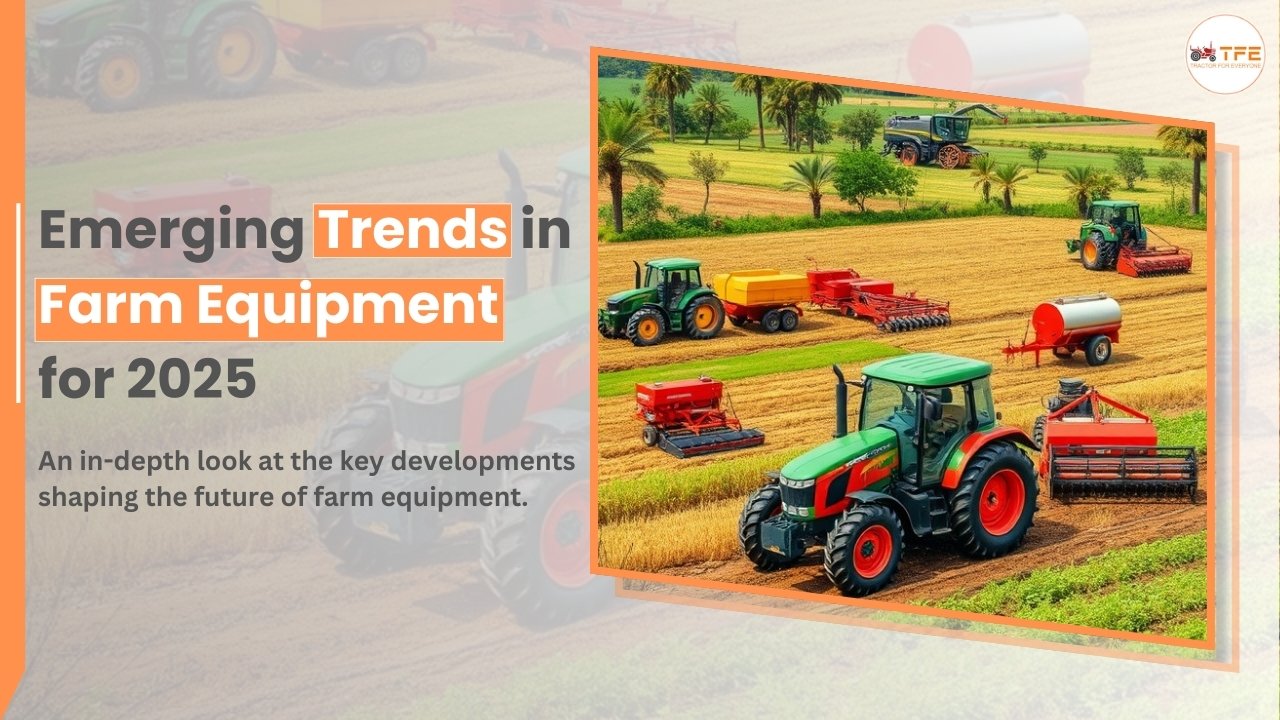
Emerging Trends in Farm Equipment for 2025
12/12/2024, POSTED BY ADMIN -
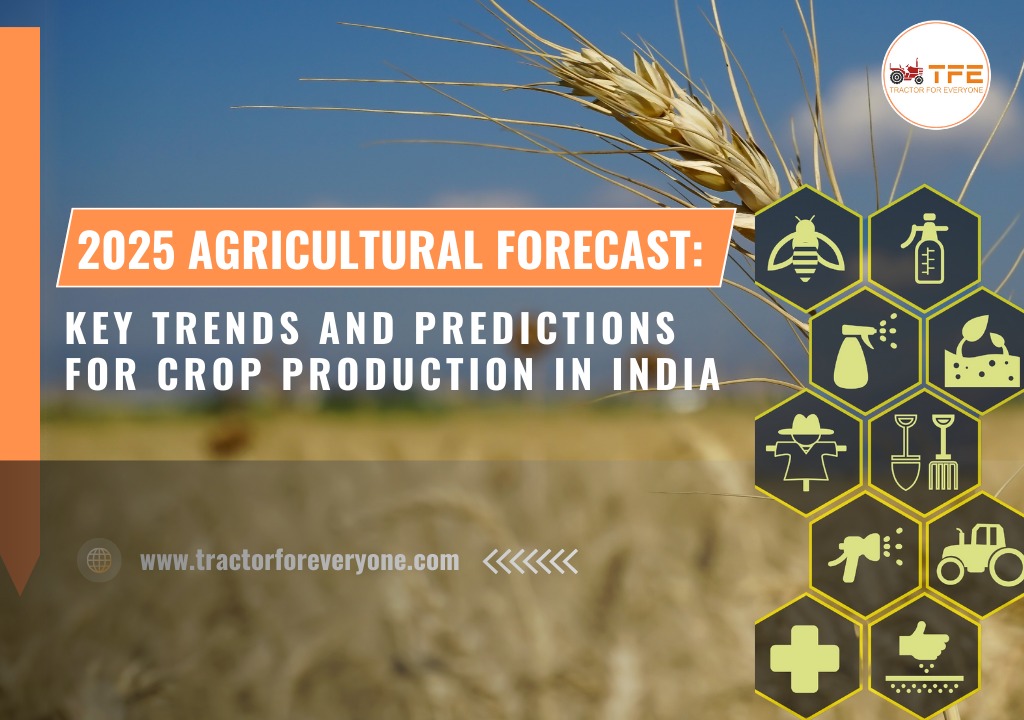
2025 Agricultural Forecast: Key Trends and Predictions for Crop Production in India
12/11/2024, POSTED BY ADMIN -
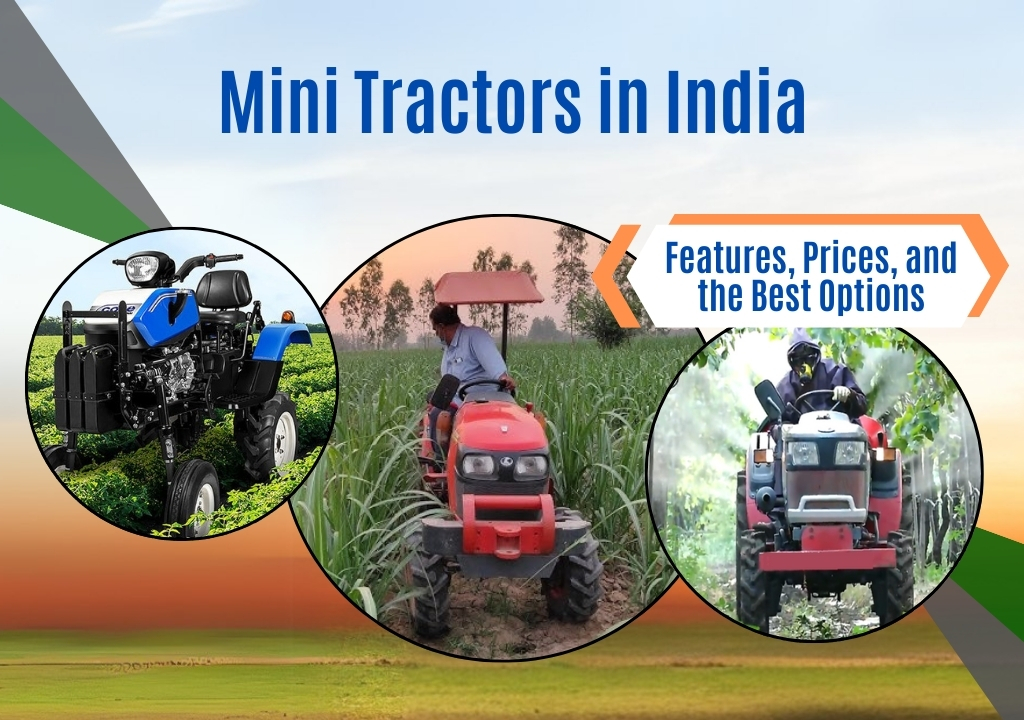
Mini Tractors in India - Features, Prices, and the Best Options
02/06/2025, POSTED BY ADMIN -
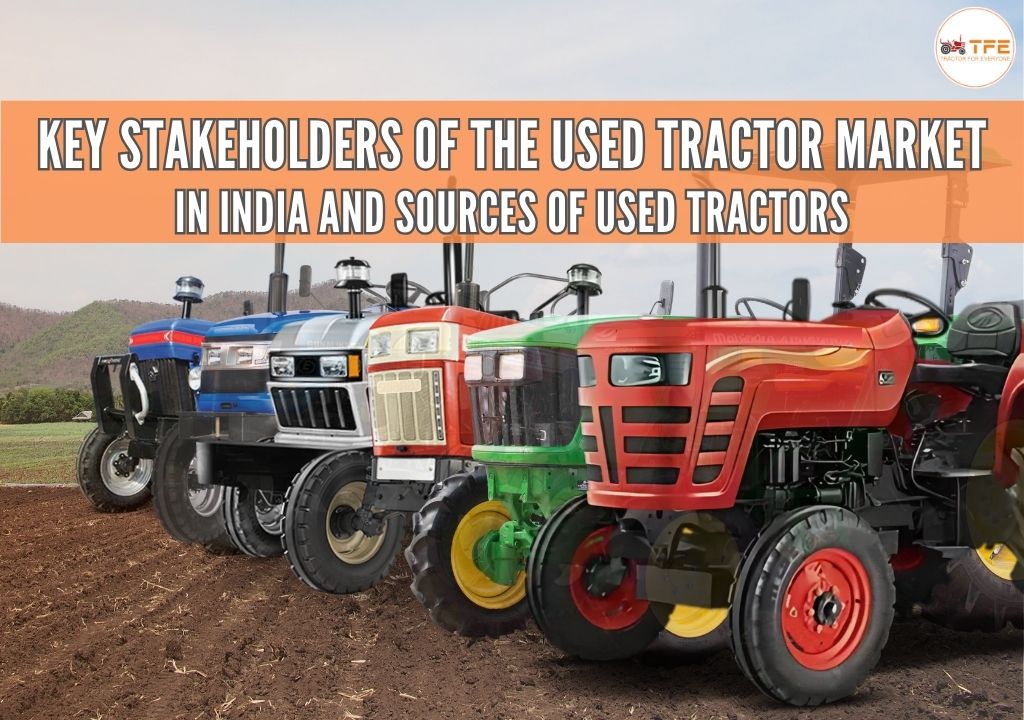
Key Stakeholders of the Used Tractor Market in India and Sources of Used Tractors
02/04/2025, POSTED BY ADMIN -

Best Tractors in India 2025: Top 10 Picks for Every Farm Size
05/29/2025, POSTED BY ADMIN

